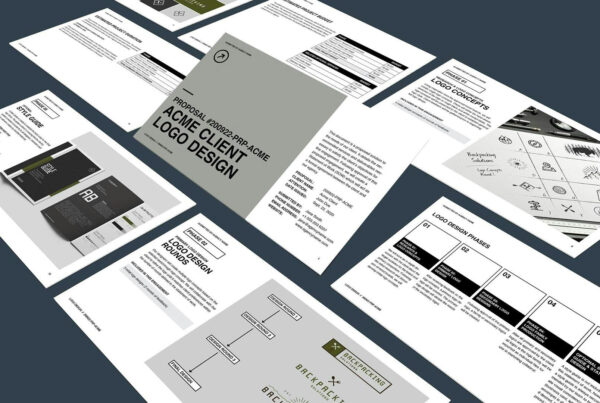Everyone starts the project with good intentions. You’re excited for some income infusion into your business. Your client is excited to finally get started on the project they hope yields big returns for their business. “Let’s do this,” you all think!
A few weeks later, reality sets in. You’ve been pumping out awesome work. But your client has missed feedback milestone after feedback milestone extending the timeline of the project. You thought this engagement would take three weeks, yet somehow you are three months into it with no end in sight. Your enthusiasm has transformed into anguish and you refuse to calculate the financial losses you are incurring due to the unplanned extension of the project timeline.
Among all other problems that inflicted my creative business, I had this problem and I created a clause to solve it. Let’s fix this for all your future projects.
Introducing the Estimated Project Duration Clause
“It’s all about the contract,” they say and I concur. Solving the problem of unreasonable timeline extensions starts in you contract.
In my contracts I include a page for the “Estimated Project Duration.” I chose not to call this a “timeline” or give exact milestone dates to my clients. Rather, I break out each phase of the project and provide an estimated range number of days or weeks that the phase will take. That estimate is totaled at the bottom for a rough estimate of how long you expect the project to take to complete. For our example, let’s estimate that the project will take 7-10 weeks to complete.
After I have the roughly estimated number of weeks that the project will take, I provide the client with an “Estimated Project Completion Date,” a fixed date based on the estimated length of the project. Let’s assume this date is October 30, 2021. Now for the magic clause.
Below the Estimated Project Completion Date, put this clause.
“If the project is not completed within 30 days of the Estimated Project Completion Date due to client delays in providing feedback, assets, approvals, content, direction, and so forth, we reserve the right to discuss and submit a change order to accommodate unforeseen expenses due to the unplanned extension of the project.”
In simple terms, this means:
If the project extends far past the Estimated Project Completion Date due to your client, you can charge them more money.
How to Use the Clause in Real Life
Here is how a conversation might go between you and your client as you exercise this clause.
Example 1:
You: “We are loving how this project is turning out. It took us a while to get here and we have been patient with your feedback delays.”
Client: “Yes, you have. Thank you.”
You: “We really need to get things wrapped up soon. As you’ll remember in our agreement we had an Estimated Project Completion Date of October 30. We also provided a buffer of 30 days from that day to get things wrapped up. We are nearing the end of November and that 30 day buffer is approaching quickly. We want to stay in budget. What can we do to expedite the rest of this project and get us over the finish line?”
Client: “You’re right. We’ll do better about getting you feedback on these next few deliveries.”
Admittedly, this is a perfect example of how this clause gives you power to push back on your client’s delays. Let’s look at an imperfect example just to play both sides.
Example 2:
You: “This project is coming out nicely. Thank you for the work. Unfortunately, we are way over the expected timeline. As you remember in our agreement, we provided an Estimated Project Completion Date of October 30 and we included a 30 day buffer to that time to get things wrapped up.”
Client: “Yes, I remember that. Sorry we’ve been late on things.”
You: “It is now December 20th and we are way over the timeline due to your delays in providing feedback. The longer the project stays active in our business, the more it costs us to complete it. We are required to juggle other projects around it and to continue to manage the project milestones that we expected to be wrapped up several weeks ago. Since we still don’t have a clear expectation of when this project will be competed, we’re now in a situation where we need to submit an addendum to our agreement to cover the additional costs that we did not expect to incur. I’ll be sending that to you later today and you’ll need to agree to it in order for us to proceed with the project.”
Usually Example 1 is enough to light a fire under your client and get things moving. I recommend that you use Example 1 before you surprise them with Example 2. If you get to Example 2, be aware that you may get some fireworks and push back from the client. It is better to navigate push back than continue to hemorrhage money working on their project “forever.”
I hope this clause helps you get a little more control over your timelines and the ability to push back on the client when necessary.






